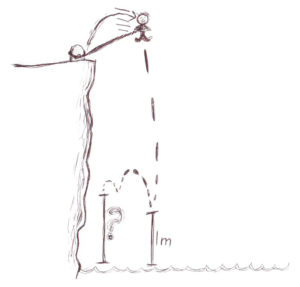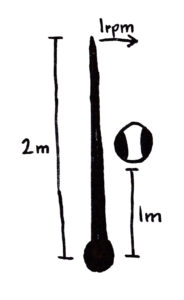You will need to use algebra and combinatorics to solve this challenge.
A normal coin has 2 flat sides and one thin round edge. When tossed, the coin always lands on a flat side. A brand new pencil has 2 small flat sides and 1 long round side. When tossed, the pencil always lands on the round side. Somewhere in the middle is the 3 sided coin, where all 3 sides are equally likely to be rolled. You happen to have 5 such 3 sided coins*. You call the 3 sides heads, tails, and round, or H, T, and R for short. You and your friend John a game with these coins. For every H, you get a point. For every T, John gets a point. But for every R, you both get a point. First to 5 points wins. You start playing, and roll 2 tails and a round. What is the probability that you win?
*Despite various lengthy efforts, nobody has been able to produce a perfect 3 sided coin as described in this challenge. So far. Some have come close, see “How thick is a three-sided coin?” from Standupmaths on Youtube, available below.


